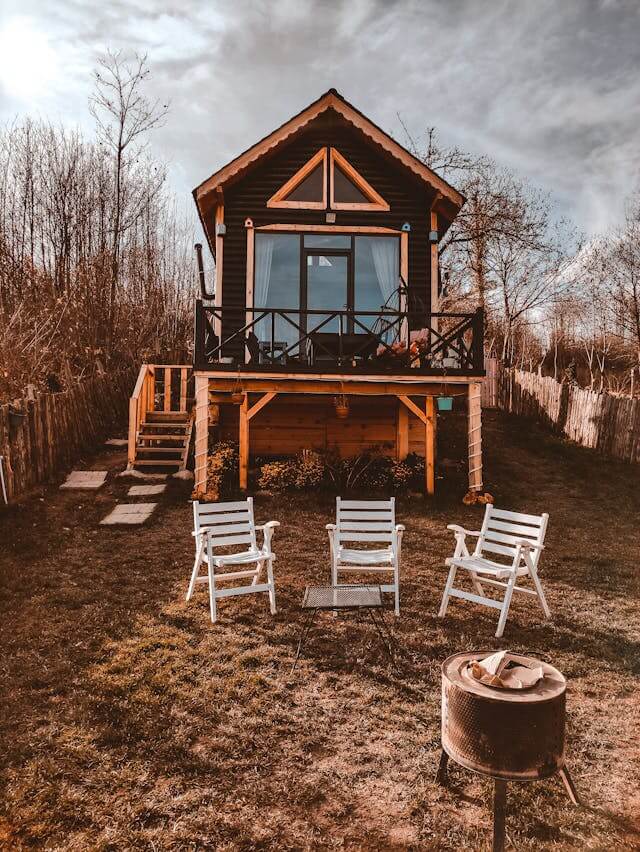Utah Tiny House Zoning Laws Overview
Utah adopts the Utah State Construction Code, which includes the International Residential Code with Utah amendments and is administered by the Division of Occupational and Professional Licensing. Local building departments enforce the code through plan review and inspections. Zoning remains local. Counties and cities decide where dwellings or accessory dwelling units are allowed, what lots qualify, and which setbacks, parking, and design standards apply. Under state land use law, internal accessory dwelling units are allowed in most single family residential areas with certain exceptions, while detached ADUs and tiny houses on wheels depend on the local ordinance. Movable tiny houses are usually treated like recreational vehicles for licensing, so long term residential use only works where zoning permits the placement and utilities can be permanently connected. Utah’s geography ranges from the Wasatch Front to high plateaus and red rock desert, so site constraints vary. Applicants should verify the land use authority for the parcel, check whether a second unit is permitted in the district, and coordinate with health departments when using wells and septic systems. Snow load, wildfire defensible space, driveway grades, and water rights or secondary water service can influence feasibility and schedule. A well prepared submittal links zoning permission, utility plans, and code compliant drawings to keep review steps clear.
Utah enforces a single state construction code. Long term living in a tiny house on wheels depends on local zoning and approved utilities.
Understanding the zoning laws is just the first step. Once you know what is legal in Utah, you can start looking at tiny houses for sale in Utah or connect with experienced Utah builders who work within these regulations. If you want a turnkey solution, consider joining a tiny house community in Utah where all the zoning and permits are already handled.
Before you buy land or start construction, use our zoning finder tool to check specific county requirements, and get a budget estimate with our free tiny house cost calculator. If you're planning to go off-grid, check out our comprehensive off-grid living guide to understand utility and septic requirements.
